Springer Family Tamales
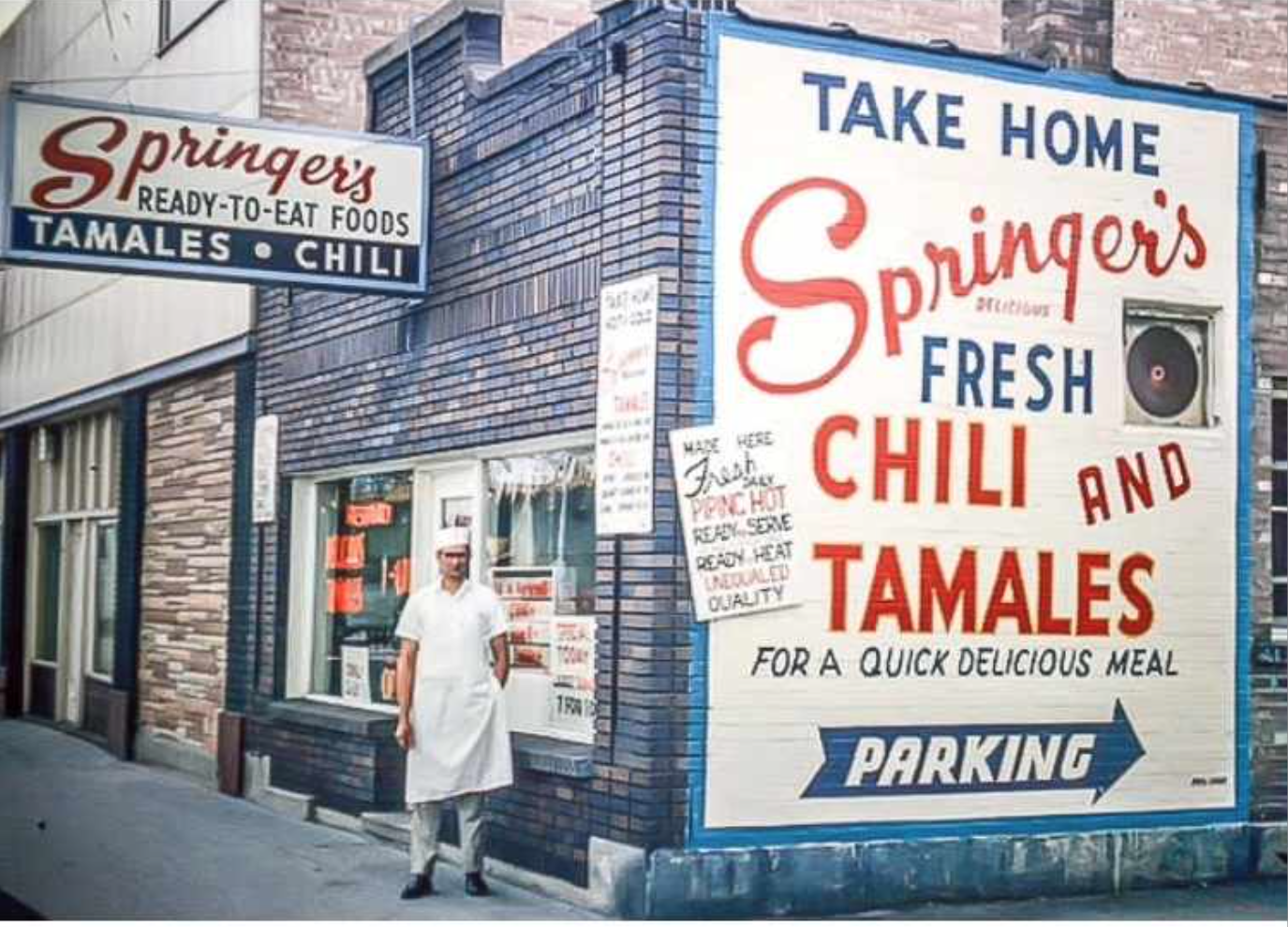
The next state in my State Meal Challenge is Arkansas, which will involve making tamales. I feel more excited and nervous about tamales than about any food I’ve tried making so far. The main reason being that I have a weird family connection to tamales that I didn’t fully understand until recently.
I am very white. If you look at my family tree, I’m roughly ½ English, ¼ Dutch, ⅛ German, and ⅛ Norwegian. My sister took a DNA test, and there’s a tiny bit of Russian in there. We are basically as white European as they come.
So you can imagine my confusion and conflicted feelings when, all my life, my extended family has been proudly talking about our great-grandparents’ “famous” tamale shop.
Call me an oversensitive Millennial all you want, but there’s something weird about a Dutch immigrant family earning a living by making Mexican food in Salt Lake City, Utah. I’m happy, of course, that they were able to create a thriving small business and support their seven children. I get that things were different in the early 1900s and nobody batted an eye at cultural appropriation. And I’m of the opinion that while we shouldn’t pretend to invent foods from other cultures and sell them as our own when said cultures are vastly underrepresented, we also shouldn’t feel like we’re not allowed to make those foods or tweak them at all to our own tastes—that’s how food evolves!
But when my uncle started making family T-shirts with the original Springer tamale wrapper and logo on them, I didn’t feel like I had any right to wear one—not without understanding the history behind it. Especially since none of us—me, my generation, and my dad’s generation—have ever even made tamales before! It’s part of our family history, sure, but to call it a family tradition just didn’t sit well with me.
With this internal conflict in my mind, I did a little family history. I’m the oldest grandchild on both sides of my family, so I was blessed to actually know all of my great-grandparents, including the great-grandpa who owned the tamale shop for a while. Doing family research on someone I actually knew at one point was interesting, and it gave me a warm sense of rekindling a connection from my childhood. And now that I understand that family history a little better, I can finally say that I’ve made peace with the whole tamale thing.
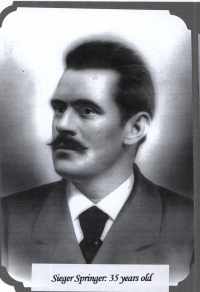
My great-great-grandfather Sieger was born in 1865 in Groningen, Netherlands. His family lived on a freight boat and made their living in the shipping business. After joining the Church of Jesus Christ of Latter-day Saints, he and his brother Johannes immigrated to Utah in 1900. Prior to leaving, Sieger served as a missionary himself in the Netherlands and met my great-great-grandmother Martje, who was already a member of the Church. They didn’t court at the time, and they moved to Utah entirely separately. Martje’s family actually settled in Michigan, and she went on alone to Utah. On the way, she was stranded in the middle of nowhere when the train conductor kicked her off the train with no explanation that she could understand (she didn’t speak any English). Luckily, another train came a few hours later, and someone on it happened to speak German. He and Martje were able to communicate well enough for him to help her get to Utah safely. I can’t imagine how stressful that must have been for her, and I’m happy that she came across a kind stranger!
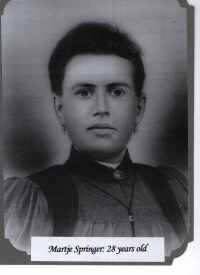
The Dutch community in Utah was very supportive of one another, so when Sieger arrived in Ogden, Utah, in 1900, Martje was there at the train station with some other mutual friends to greet him. Sieger and Martje quickly rekindled their relationship, and they were married a year later in 1901. They would go on to have seven children together.
They made Salt Lake City their home and spent several years trying to earn money however they could, including “exhibition skating” at the fairgrounds, painting signs, repairing pianos, literally whatever came their way! Sometimes they had great luck and comfortable wealth, other times they were in the throes of poverty. As Dutch-speaking immigrants in a new desert city, nothing was ever certain.
Eventually, Sieger and Martje had the opportunity to buy a chili parlor in downtown Salt Lake City, either from “The Mannings” or a “Mr. Branning.” The details are fuzzy. From what I gather, a chili parlor was just a lunch counter that served mainly chili. There was a saloon next door, and a window opened up in the wall between them so that chili could be passed from the parlor into the saloon if requested. Why was that a thing in Utah? No idea! I guess chili was just a popular meal throughout the country at the time, and the ingredients were common enough in Utah to make it a good enterprise.
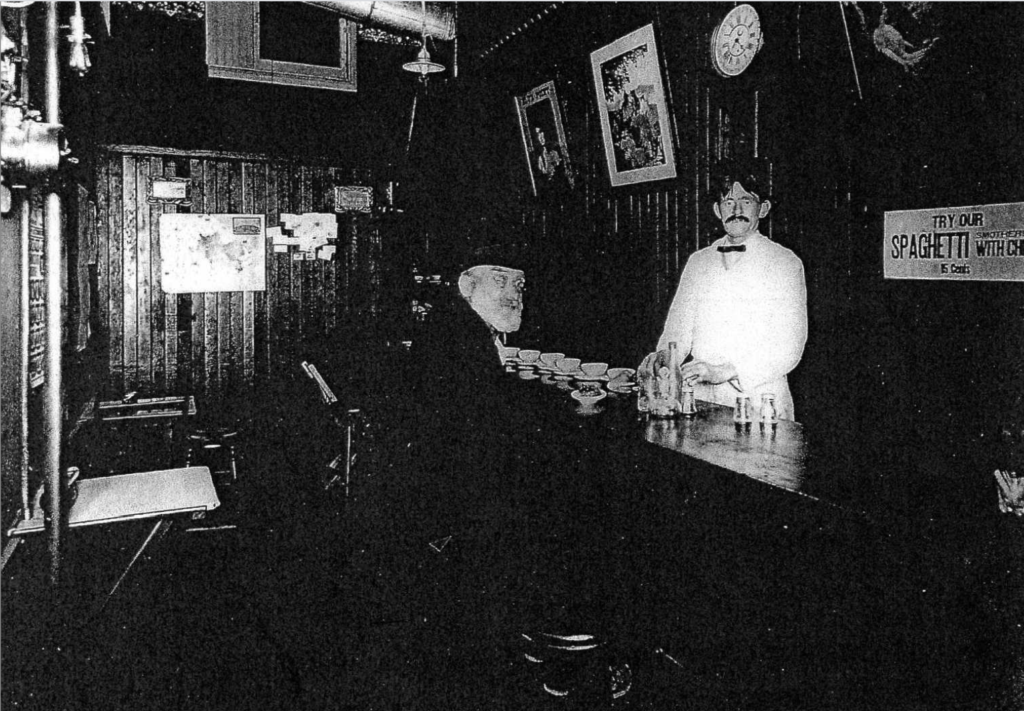
They had a lot of successes and failures the first couple years. The original owner of the shop broke his contract and built a competing chili parlor right across the street from Springer’s, so they had to change locations. They also had a lot of debt those first couple of years and ended up having to buy their own home a second time after it was repossessed by the bank at one point. But after a lot of hard work, determination to live within their means, and good luck, Sieger and Martje turned their little chili parlor into a thriving food production business.
Despite chili being their main seller at the start, it was the tamales that they would become known for. It started with them buying tamales pre-made to sell as a side with their chili. But then Martje learned how the tamales were made, and she realized that she could just cut out the middle man and make them herself to make a bigger profit. This coincided with the invention of steam tables and a demand for “quick meals” on Main Street (which mostly only had sweets available), so soon they were making bank providing their tamales and chili wholesale, both in their own shops, at local retailers, and as a delivery service.
The funny thing is that Martje was originally very reluctant to eat corn and tomatoes. I guess in the Netherlands, corn and tomatoes were only given to pigs, and she was a proud woman who didn’t want to stoop to eating “pig food.” Her son, my great-grandpa George, also wrote that he didn’t like his mother’s cooking. But that might have had more to do with the Dutch meals she made at home than her tamale-making skills. Obviously she was doing something right for the business to do so well!
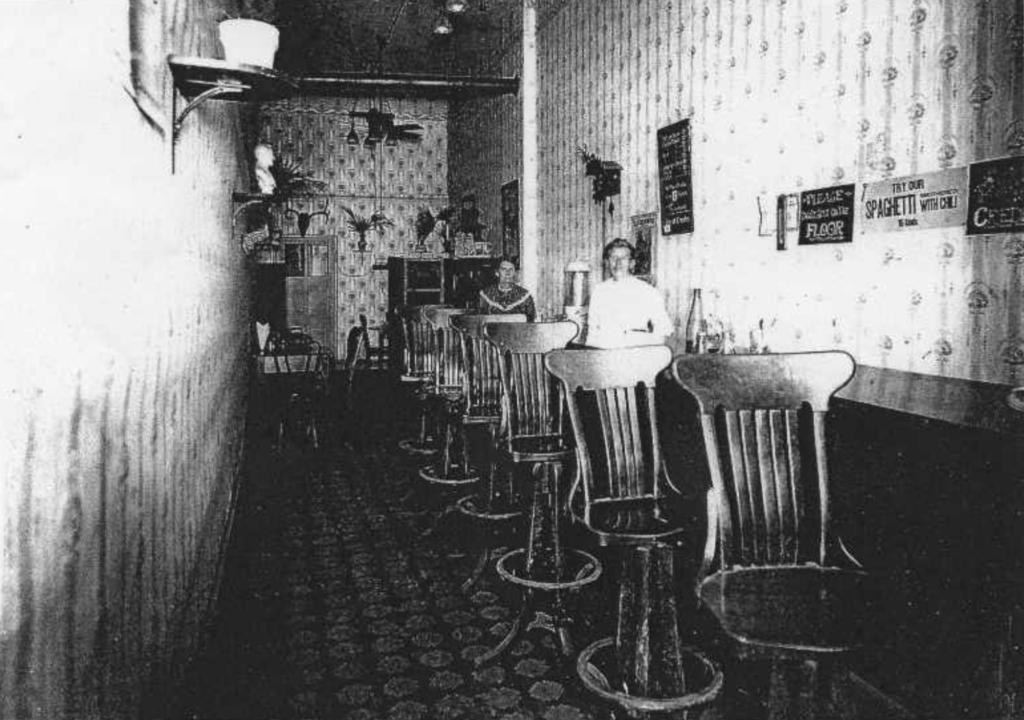
The tamales Martje made weren’t entirely authentic. Usually tamales are made with masa harina spread in a corn husk, then rolled around seasoned meat and steamed until the masa is cooked. Martje used yellow cornmeal and ground beef, both cooked before assembly and basically just reheated when served. They used corn husks at first, but later used parchment paper and staples to package the food. I have no idea what else they put in the tamales—the wrapper just says “chili spices and salt”—but I doubt they were true to Mexican taste, and most people in Salt Lake City at the time probably didn’t know any different. Or possibly they preferred a milder version with ingredients they were more familiar with.
Side note: I just learned that they use cornmeal and ground beef to make hot tamales in New Orleans, so maybe those are the kind she learned to make!
The tamale shop was a whole-family affair. All seven children worked for the business until they were old enough to get their own careers. They would help sort, wash, and trim corn husks, cut up meat, assemble the tamales, stamp the wrappers, deliver them, etc. Martje was the head of the business for most of its run. Sieger was ill in his last 15 years of life due to an untreated infection in his spine and was mostly bedridden until he died in 1938 at the age of 73. Martje would live another 24 years, and her oldest son, George, my great-grandfather, would take over the business when she retired.
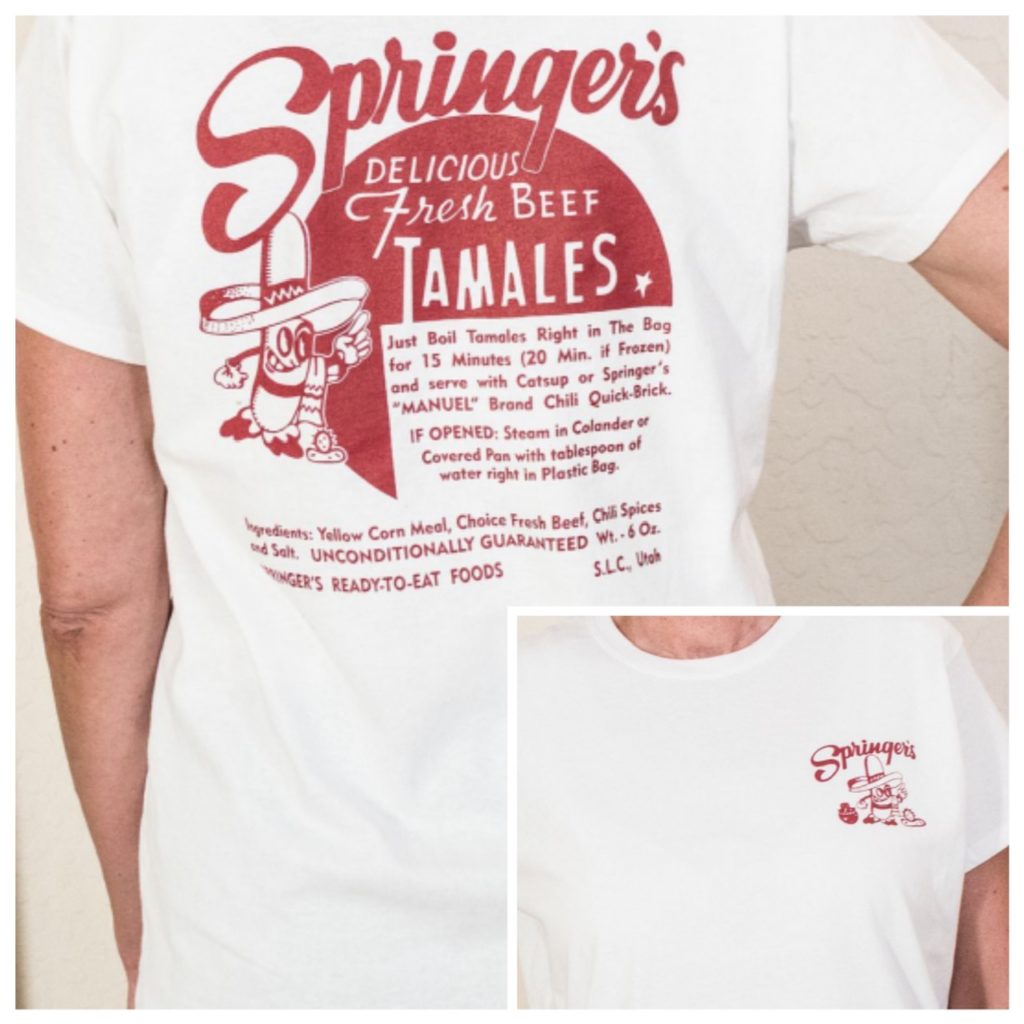
George was definitely the most ambitious and forward-thinking of the family. Many of the stories I read on FamilySearch mentioned George “Americanizing” their business, teaching his siblings to speak English “not peppered with Dutch,” taking them to the dentist (his mother didn’t believe dentists were good for anything other than pulling teeth), and otherwise showing affection for his family that his standoffish Dutch parents never displayed. He built his own house behind Martje’s (where she ran the business) to make it easier to help out, and he would get up at 3:00AM every morning to get things going every day. This was before they had refrigerators, so they had to make the tamales fresh every single day.

The tamale shop took a ton of George’s time, but it wasn’t his only job. Reading through his history, I eventually stopped trying to keep track of all the odd jobs he picked up. He was quite literally a jack of all trades, taking up whatever work he could find. He dug up potatoes, caddied at golf courses, milked cows, peddled produce door-to-door, worked at an ice cream parlor, delivered supplies for a plumbing business, sold flowers, helped dismantle Fort Douglas, and much more! The tamale shop was the only work that was consistent, but it definitely wasn’t paying all the bills, and he was such a hard worker that he didn’t seem to pass down any opportunity to work whenever he could. On top of that, he graduated high school a year early, attended some college (not sure if he graduated), had a thriving social life, acted in local plays, and sang in quartets. I get tired just reading about it!
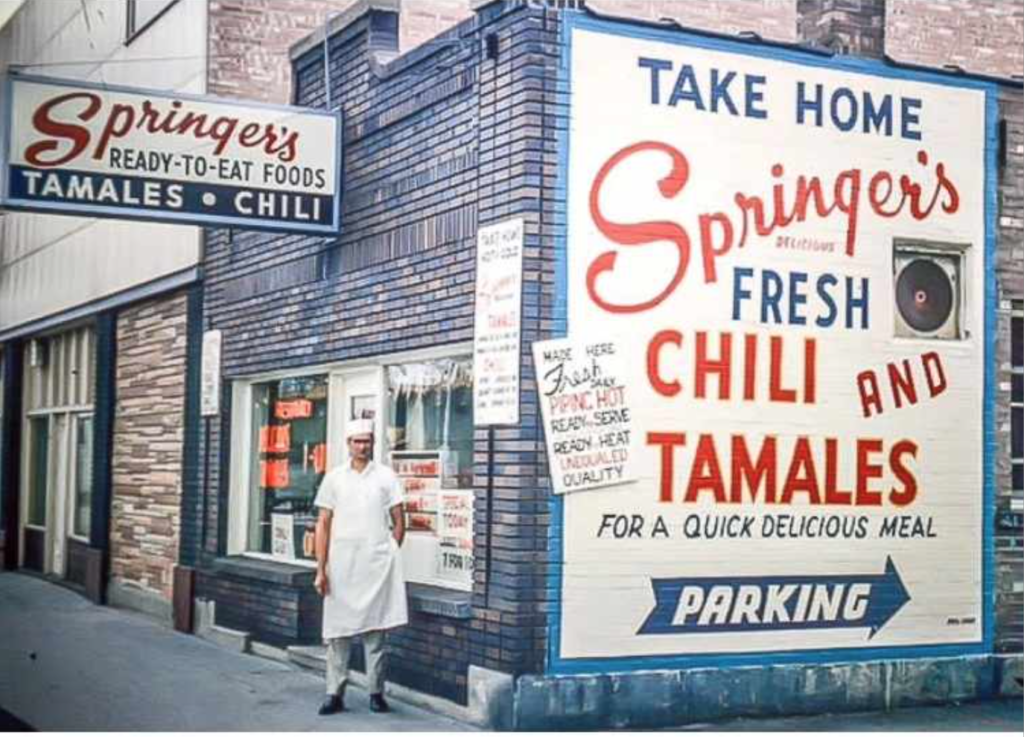
In addition to taking up other jobs, George expanded the tamale business to include whatever foods he could sell with them. That meant not only 5-lb containers of chili, but also potato salad, macaroni salad, and (of course) Jell-O salad. He also made a killer stew that he claimed all the local moms begged the recipe for because their kids loved his stew better than theirs. At one point, they even had a specialty called the “chili cone,” which was an ice cream cone filled with chili. (Which I’m pretty positive I saw in an episode of The Busy World of Richard Scarry as a kid… Anyone else remember that show, or was that a fever dream?)
Eventually, the family swapped out corn husks for parchment paper, and they bought tamale-making and stapling machines to cut down a lot of the busy work. They also got a walk-in fridge that made it easier to prepare the tamales ahead of time and sell them in the summer when before they would go bad too quickly. The tamale-making machine was hand-crank operated, with two cylinders that had cooked cornmeal in one and cooked meat in the other.
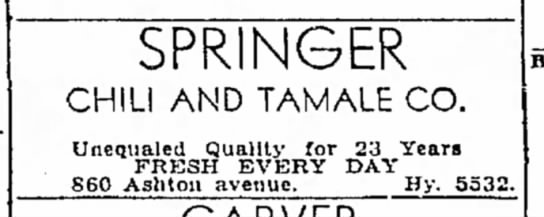
Great-grandpa George did really well for himself, adapting and expanding and giving his kids and grandkids and neighbors jobs. Eventually he sold the business and went to work for Lynn Wilson Foods in the 1970s, giving them Martje’s tamale recipe. They mass-produced tamales made with ground beef and yellow cornmeal up until the early 2000s. My dad would buy them for us when I was a kid, so I have actually tasted the more-or-less original family recipe. But you can’t find them in stores anymore–apparently Lynn Wilson foods was bought out, and the new owners stopped making them. Bummer!
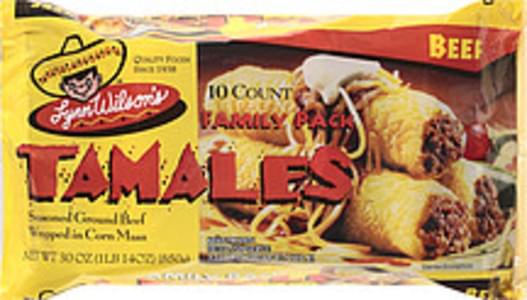
Great-grandpa George was a very charitable person, donating his time and food and resources whenever possible, despite having 10 children of his own. At the end of his life, he lamented that he wasn’t able to help more, and that fewer people were able to provide for themselves through odd jobs the way that his family did. He knew how extremely lucky they were to make a living in a new country, and he continued to work hard for his family his entire life.
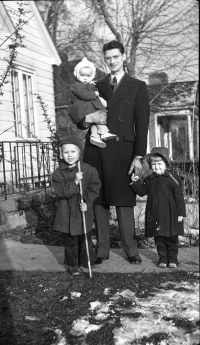
After reading through the histories and journals of George, Martje, and Sieger, I’m a lot more understanding about the tamale business. Do I wish that they could’ve made a living making traditional Dutch food instead of a Mexican food? Yes. But do I begrudge them for seizing the opportunity to provide for their large family, making the best of what they had, and creating a strong foundation that I’ve benefitted from my entire life? Not at all. I still don’t love the use of Mexican branding for inauthentic Dutch-made tamales, but nobody’s perfect. All we can do is learn from the past and strive to do better in the future. Despite their unwitting cultural insensitivity, my great-great-grandparents were pretty amazing, hard-working, determined people. I’m proud of my immigrant heritage, and I’m glad that I was able to learn more about my great-great-grandparents.
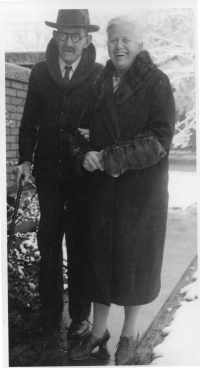
Now let’s see if I’ve inherited any of Great-great-grandma Martje’s tamale-making skills!
Stay tuned!
TL;DR: My great-great-grandparents did whatever they could to keep their family afloat, and making tamales was just a random endeavor that became one of their more lucrative ideas.

I found this blog very interesting. I am the oldest granddaughter of George’s oldest sister Jane Springer Van Roosendaal. As a very young girl I went to Great Grandma Springers house. That house was later moved to a lot behind my Grandma’s when the freeway was built. I ate Springer’s Tamales as a kid and loved them. It was when I moved to California that I found out that tamales were Mexican food. Thank you for sharing their story.
Thank you so much for your comment, Joan! I’m glad you enjoyed the post, and I’m happy to connect with another of Sieger and Martje’s relatives! I think we might be second cousins once removed?
As a 5 year old child in 1959 we lived in a house next door to Calvin & Stanley Springer on Parkway Ave in Salt Lake. In my memories they had a shop behind the house where they made tamales. Calvin was my age and we spent a lot of time together.
Any way, my curiosity led me to.a google search for “Springers Tamales” which led me to your website.
I’d love to know more about those old friends if you could share any info. Their older sister went to Island Park, Idaho once with our family and another to assist with keeping track of all of us kids. It was a trip never to be forgotten due to some unfortunate illness which affected all of us.
Sorry for running on and intruding, but I love running down old memories.
Hi, John! Thank you for your comment! Calvin and Stanley are my great-uncles! I don’t know them super well since we have a very large extended family, but I know Stan is on Facebook and I’m sure he’d be happy to connect with you there and maybe put you in touch with Calvin!